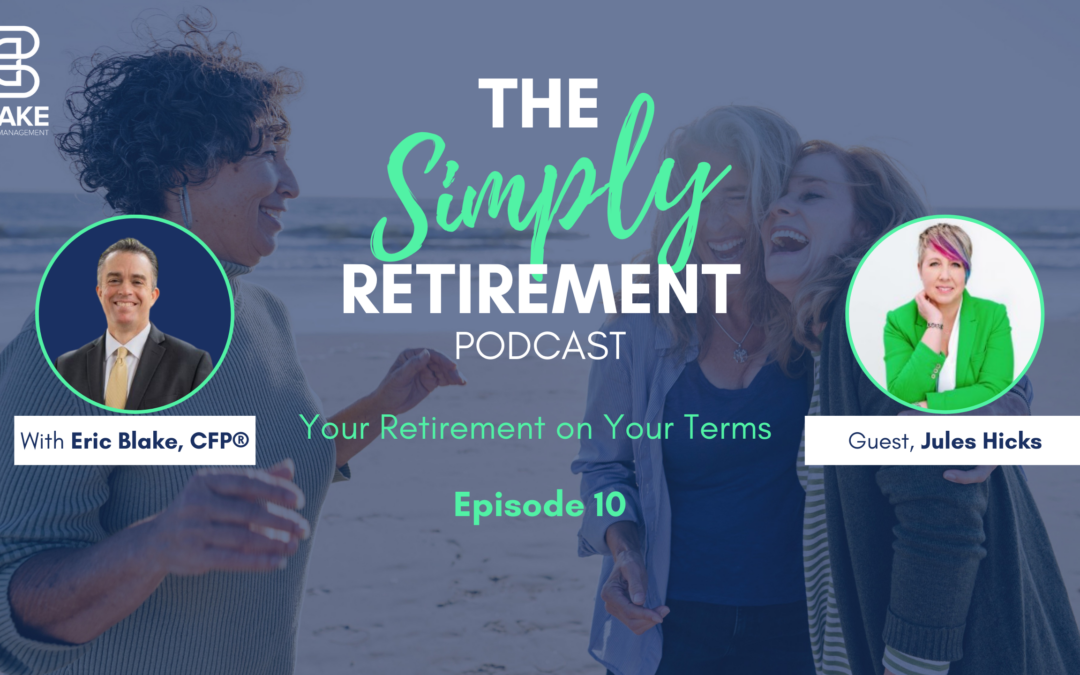On October 13, 2021, the Social Security Administration (SSA) officially announced that Social Security recipients will receive a 5.9 percent cost-of-living adjustment (COLA) for 2022, the largest increase in four decades. This adjustment will begin with benefits payable to more than 64 million Social Security beneficiaries in January 2022. (related article: As of Now, Social Security Benefits Will Be Cut By 2034. Here Are 5 Ways to Help Fill the Gap) Additionally, increased payments to more than 8 million Supplemental Security Income (SSI) beneficiaries will begin on December 31, 2021.1
Biggest COLA Increase in Decades?
While many predicted a bump of as much as 6.1% given recent movement in the Consumer Price Index (CPI), the announced 5.9% increase is still substantial. Some fear that rising consumer prices may dilute the impact of the increase with inflation currently running at more than 5 percent. While this remains to be seen, Social Security beneficiaries will no doubt welcome the largest adjustment in many years.1
How You Will Be Notified
According to the Social Security Administration, Social Security and SSI beneficiaries are usually notified about their new benefit amount by mail starting in early December. However, if you’ve set up your SSA online account, you will also be able to view your COLA notice online through your “My Social Security” account.1
Could Inflation Affect Your Retirement Plans?
If this increase surprises or concerns you, it's always a good idea to seek guidance from your financial professional about changes to any of your sources of retirement income. Retirees are often aware of the detrimental effects of inflation on their retirement savings. As the cost of goods rises, the value and buying power of many retirement accounts diminish. And for some retirees, maintaining their savings and lifestyle becomes a challenge.
Luckily, there are different methods retirees can use to adjust for inflation and help protect the value of their retirement. Below we’re discussing some of the ways inflation affects retirement and how you can prepare.
How Is Yearly Inflation Calculated?
Inflation is calculated using the Consumer Price Index (CPI) which calculates inflation across major categories before determining a yearly inflation rate expressed as a percentage.²
On average, the U.S. experiences an inflation rate of roughly three percent.² This percentage and the percentage expressed by the CPI are helpful for understanding inflation across multiple markets. But these values should also be understood as a general approach, meaning the real impact of inflation will depend on the individual.
For example, we might assume that a retiree might need to withdraw an additional three percent from their savings each year in order to adjust for inflation. But this isn’t the whole picture. Instead, this retiree should consider the specific ways that inflation affects them.
Considering Individual Costs
Inflation affects each of us differently. For example, the rising cost of gasoline would affect someone that drives long distances more than someone without a vehicle.
Retirement acts in a similar fashion, as it creates a lifestyle change that causes inflation to affect retirees differently.
One of the better ways to measure this difference is through the Consumer Price Index for the Elderly (CPI-E), which shows inflation rates for households with individuals age 62 and above.⁴
However, this is still a generalization, though of a specific population. The best way to determine the cost of inflation is to examine your personal lifestyle and make adjustments.
Managing the Effects of Inflation
As noted above, if you are receiving Social Security already, you will receive an increase in benefits in the coming year. However, the COLA is also based on the CPI-W, meaning some individuals may not be able to rely on adjustments from Social Security to make up for all cost increases.⁵ Here are some additional ways to help offset inflation during retirement.
Investments that Adjust with Inflation
Certain investments can adjust with inflation. However, any investment comes with risk, something that should always be considered during retirement. (related articles: How To Invest After You Retire and Revisiting the 4% Rule)
Be sure to consult with your financial advisor before making any investment decisions.
A Change in Lifestyle
Consider your retirement goals and overall lifestyle. Is there something you can trim back on to save on the cost of inflation? This does not mean you need to give up on retirement goals. Rather, what can be adjusted to help you achieve them while maintaining your savings? (related article: Six Most Common Retirement Mistakes)
This is by no means a comprehensive list of ways to protect your retirement savings against inflation. Rather, it is intended to demonstrate some of the options available to you. Consult with your financial advisor to acquire a better understanding of how inflation will affect you, and what you can do to help protect your retirement savings.
- https://www.ssa.gov/news/press/releases/2021/#10-2021-2
- https://www.bls.gov/cpi/
- https://inflationdata.com/Inflation/Inflation/DecadeInflation.asp
- https://www.bls.gov/cpi/research-series/r-cpi-e-home.htm
- https://www.ssa.gov/cola/





































